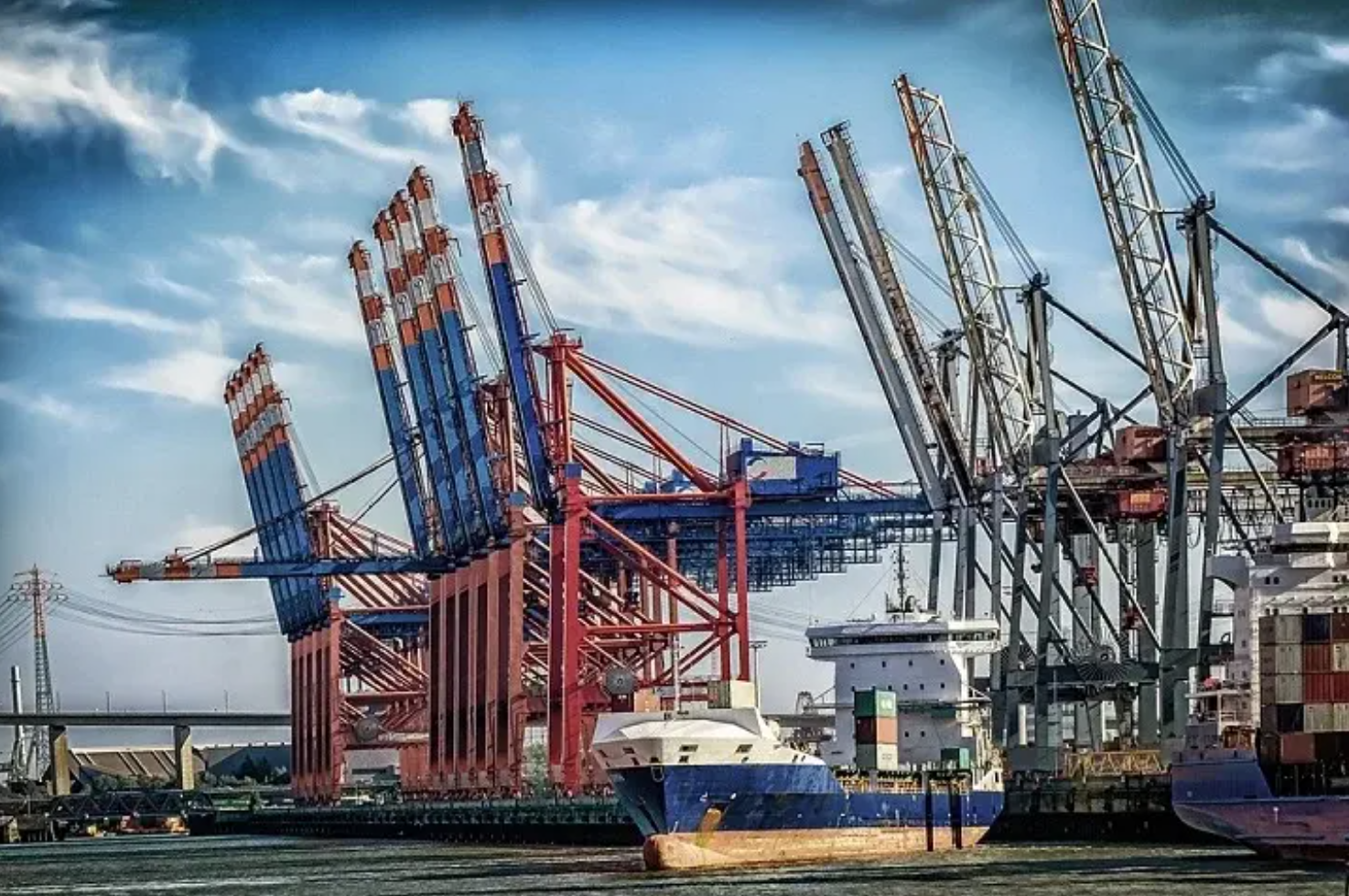In less than three years, the situation in the global economy has changed markedly. At the beginning of the fourth quarter of 2019, weak growth was widespread among developed economies. After the 2008 crisis, the macroeconomy failed to stabilize and in the United States, the European Union, the United Kingdom, and Japan, central banks maintained low reference interest rates, close to zero, even negative in some countries. In addition, programs were implemented to inject resources into the financial systems, and the purchase of debt securities, the so-called quantitative easing (QE) by central banks reached a notable dimension. Thus, monetary policy flexibilization included the so-called QE.
With the COVID-19 pandemic, facing the drastic fall in equity and debt securities markets in the main advanced economies, QE deepened, while interest rates were kept low. In emerging market economies, specific versions of QE were implemented and, among the main central banks, currency swaps were carried out, mainly of dollars for the currencies of various countries in order to maintain monetary stability.
The thesis defended in the main academic circles and international financial organizations that monetary policy allows achieving stability and growth to recover, was not only maintained but also deepened to the extreme. The use of the fiscal policy was punctual and mainly to support the consumption of some groups or business segments to alleviate the reduction of income, maintaining the idea of considering fiscal balance as a key variable.
In 2020, the stock markets recovered and several of the main indexes, such as the S&P 500, the Dow Jones 30, and the Nasdaq 100, reached all-time highs. The recovery of the debt markets was also achieved. In mid-2020 the IMF noted that central bank action produced positive results such that, in economies with systemically important financial sectors, equity markets recovered.
In 2021 the advance in equity markets continued and until a few weeks ago the Dow Jones, Nasdaq, and S&P continued to report record highs. No such situation exists in the economy as a whole. By the end of 2021, a sustained recovery in the global economy had not yet been achieved. However, new problems were emerging as a result of the pandemic, such as difficulties in some value chains; delays in the transportation of goods, saturation in maritime routes; notable differences in the recovery of some economic activities; and even a lack of some important inputs in certain products.
In this context, inflationary issues reappeared. In a relatively short period of time, consumer price indexes in the main developed economies reached figures not seen for several decades.
In this framework, and to further complicate the situation, Russia invaded Ukraine, unleashing a war with an indefinite scope and with an immediate negative impact on the prices of energy and some cereals. Recent data on the war indicate that it may be prolonged while the U.S. government and the rest of the NATO members seek to defeat Russia through the implementation of economic sanctions and the provision of weapons to the Ukrainian government.
Oil, gas, corn, and wheat have traded in the futures markets with great volatility and an upward trend, as Russia and Ukraine are globally important producers. Inflation has therefore been further boosted by the war.
However, the reaction from international financial organizations, several of the most important central banks, and finance ministries of some advanced economies is entirely conventional: more monetary policy. The recourse to a sustained increase in the benchmark interest rate is imposed.
On March 16, the U.S. Federal Reserve (FED) began a cycle of short-term interest rate hikes, with an increase of 25 basis points. Weeks later, on May 4, and stating that it is a measure to restore price stability, the FED increased interest rates by half a point, indicating that similar increases are on the table for the next meetings.
In Mexico and Brazil, considering the notable vulnerability of their financial markets and the difficulty to keep capital in the country holding federal government and corporate debt securities, both central banks have been raising their reference rate for months.
In Mexico, in November 2021 the rate was set at 5% and by March 2022 it had been increased by 150 basis points to 6.5%. In Brazil, it was increased by 150 basis points in December 2021. In March, another increase was made and at the time of the increase made by the Fed, the Central Bank of Brazil increased its interest rate by one percentage point to 12.75%.
Interest rate increases continue to be added with the argument of fighting inflation, but no positive results are observed. On the contrary, there is a decrease in growth expectations. The increase in interest rates inhibits economic activity, which is not good news when investment is performing so weakly, particularly in countries such as Mexico and Brazil.
Translated from Spanish by Janaína Ruviaro da Silva













